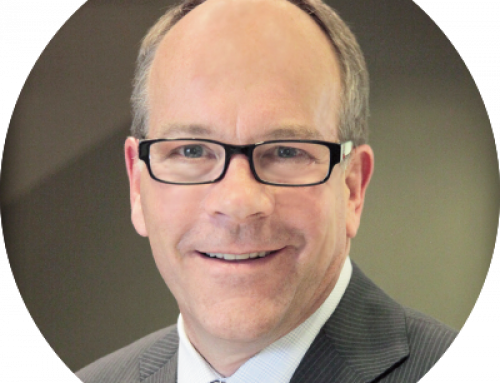Just a few weeks ago, the Pouting Pundits of Pessimism were freaked out over the potential for the yield curve to invert. They’ve now completely reversed course and are freaked out over a 3% 10-year Treasury note yield.
All this gnashing of teeth is driven by a belief that low interest rates and QE have “distorted” markets, created a “mirage,” a “sugar high” – a “bubble.”
These fears are overblown. Faster growth and inflation are pushing long-term yields up – a good sign. And, yes, the Fed is normalizing its extraordinarily easy monetary policy, but that policy never distorted markets as much as many people suspect. Quantitative Easing created excess reserves in the banking system but never caused a true acceleration in the money supply. That’s why hyper-inflation never happened and both real GDP and inflation remained subdued. Profits, not QE, lifted stocks.
And our models show that low interest rates were never priced into equity values, either. We measure the fair value of equities by using a capitalized profits model. Simply put, we divide economy-wide corporate profits by the 10-year Treasury yield and compare these “capitalized profits” to stock prices over time. In other words, we compare profits, interest rates, and equity values and determine fair value given historical relationships. The lower the 10-year yield, the higher the model pushes the fair value of stocks.
Because the Fed held short-term rates so low, and gave forward guidance that they would stay low, they pulled long-term rates down, too. As a result, over the past nine years, artificially low 10-year yields have caused our model to show that stocks were, on average, 55% undervalued.
In other words, stocks never priced in artificially low interest rates. If they had, stock prices would have been significantly higher, and in danger of falling when interest rates went up.
But we have consistently adjusted our model by using a 3.5% 10-year yield. Using that yield today, along with profits from the fourth quarter, we show the stock market 15% undervalued. In other words, we’ve anticipated yields rising and still believe stocks are undervalued. A 3% 10-year yield does not change our belief that stocks can rise further this year, especially with our expectation that profits will rise by 15-20% in 2018.
The yield curve will not invert until the Fed becomes too tight and that won’t happen until the funds rate is above the growth rate of nominal GDP growth. Stay bullish.
Brian S. Wesbury – Chief Economist, First Trust




